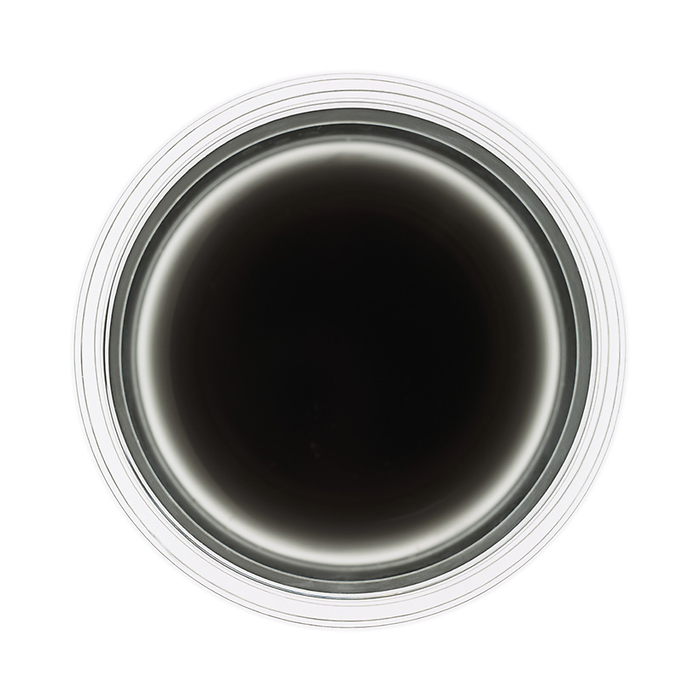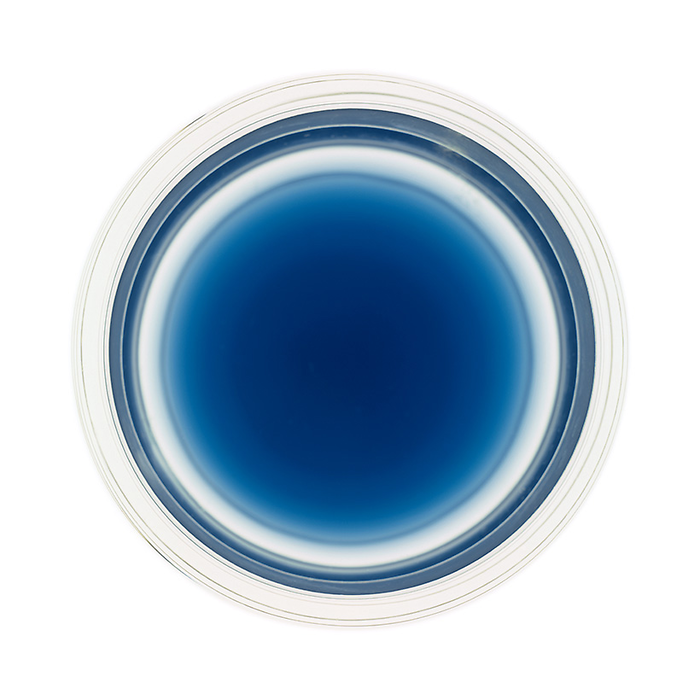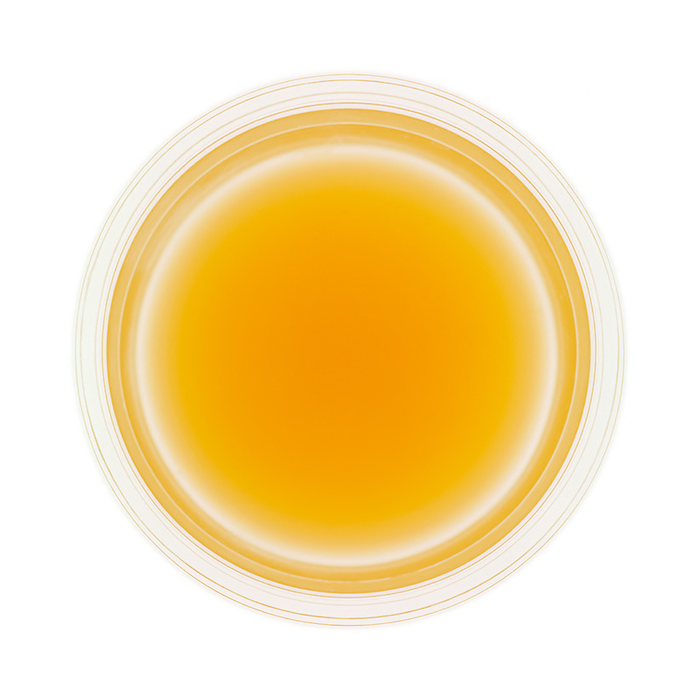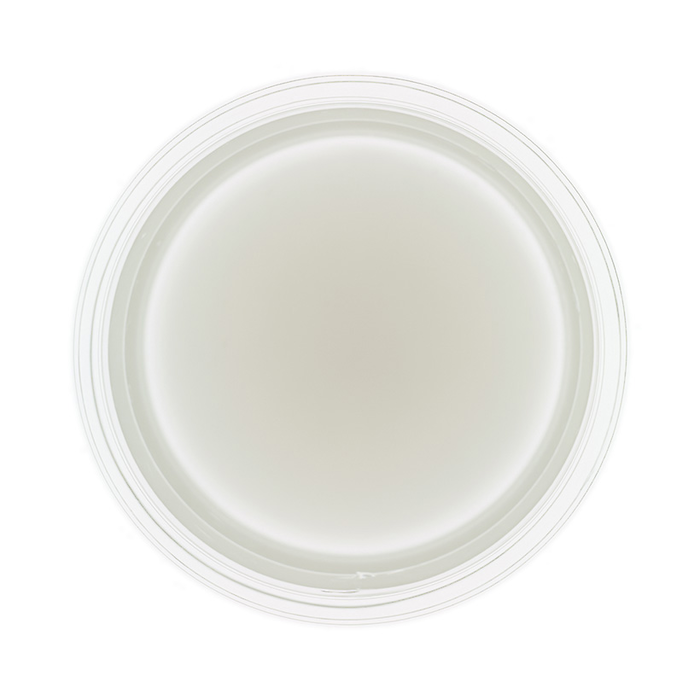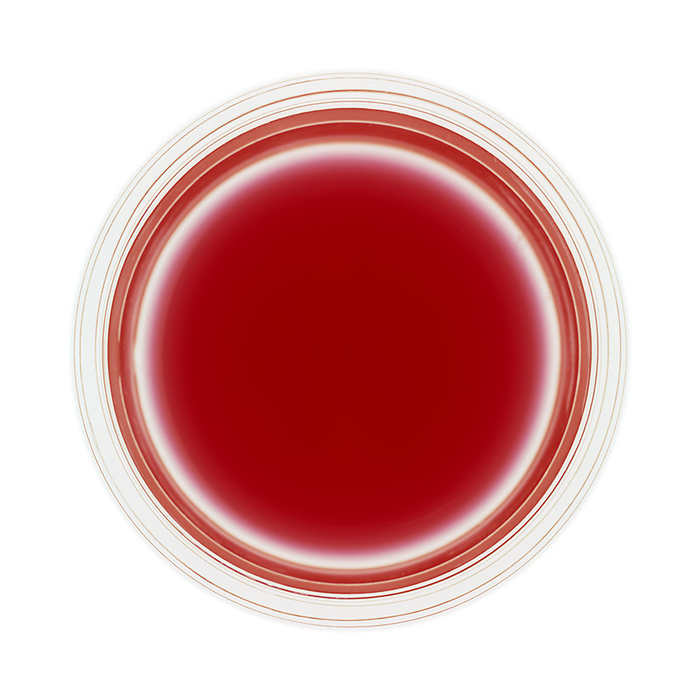This exposition presents diverse materials related to or inspired by Luigi Nono’s piece for piano and tape …..sofferte onde serene… (1975–77). Organised in seven modules, it offers different perspectives on a vast collection of materials around the original work, its performative renderings, and its orchestral transformation. Without imposing any sequential logic of reading or listening, the seven modules are numbered following a scale ranging from a more scholarly approach (module 1) to a more creative perspective (module 7).
In this sense, this exposition proposes a new approach to artistic research in music – an approach that does not oppose ‘scientific research’ (or traditional academic skills) to ‘artistic work’ (or creative processes). In place of a dualistic opposition, I consider ‘research’ and ‘artistry’ as two parameters, two control knobs that can have different settings in different moments of the research procedure. In this reference frame, there is no research without creative moments, and there is no artistry without research situations. Sometimes the research ‘knob’ is turned very high while the artistic ‘knob’ is low, or vice versa; at other times they are equally high. But they are always in relation to each other, defining an elaborated scale, which can be precisely calibrated and explored by the artist-researcher.
This claim also goes against traditional disciplinary compartmentations, proposing a trans- and multidisciplinary modus operandi. In a traditional disciplinary framework the author of this exposition would be seen as operating in diverse, continually changing roles: as a musicologist, as a pianist, as a composer, and as a pedagogue. These four roles would correspond to four individuals working with different tools and perspectives. As an alternative to this vision, I propose the artist-researcher, a dividual entity with manifold interests, tools, methodologies, and scopes.
Inspired by Michel Foucault’s concepts of archaeology, genealogy, and problematisation, the methodology presented here consists of (1) an archaeological study (sketches, editions, and tapes), (2) a genealogical research (transtextuality, connectors), and (3) problematisation (construction of new assemblages). These research approaches are present, in different degrees, in all
Module 1 presents basic data and historio-graphical information about the original piano piece. Taking the musical features of this work as starting point, it relates to the broader compositional and aesthetic situation of Luigi Nono in those years, pointing to Nono’s renewed compositional strategies and understanding of the political implications of art.
Module 2 is built around two video recordings of a lecture/presentation given at the Orpheus Institute on 14 November 2013 – a lecture about the totality of the materials that (1) led to the composition of …..sofferte onde serene… (folding) and (2) that were generated after the original piece was done (unfolding). Such things include original sketches, working tapes, manuscripts, the final score, the final tape, editions, recordings, books and articles, digitisation of the tapes, the new critical edition, the transformation for orchestra, and others. Inspired by Michel Foucault’s concept of ‘archaeology’ this module further includes pictures, web links, and audio files directly mentioned in the video recordings. In a nutshell, it exposes the material things that can make …..sofferte onde serene… a part of a ‘discourse-object’.
modules. The first one (archaeology) is dominant in modules 1 and 2; the second (genealogy) in modules 3 and 4; and the last (problematisation) in modules 5, 6, and 7.
Importantly, the scholarly, analytical moment is permeated by creative hypotheses, while the piano performances and the transcoding for orchestra are understood as further analytical steps (in the sense proposed by Webern when orchestrating Bach’s Ricercare a 6). The analysis presented here goes far beyond the application of traditional academic skills. It is nurtured by my own performance practice of the piece, and by compositional exercises extracted from the sketches. Moreover, the complete notation of the tape part (aurally transcribed), and its re-notation for orchestra displays a process of ‘reverse engineering’ that is not at all common practice in conventional musicological studies.
As for the choice of the piece, one could say that, in general, this exposition deals with the following, complementary questions: (1) How can archival and analytical research stimulate creative situations (performance and composition)? and (2) How can a creative approach stimulate archival and analytical research? That is, how can we use concrete objects (sketches, editions, tapes, recordings) to construct new assemblages that actualise the potentialities contained in the materials? How can we clinically detect and creatively activate those emergent properties that arise from the encounter with such materials?
Any musical piece would have been adequate to answer these questions, since the focus is not so much on the piece itself, but on the methodology and the construction of the material synthesis (artistic assemblages) of research and artistry. It is not a hermeneutic or interpretive approach, but the unfolding of an experimental attitude in relation to musical works from the past or of the present. More specifically, however, Luigi Nono’s …..sofferte onde serene… seems to be extremely apposite to this attitude given the richness of available materials, my long lasting study of this piece, and my wider expertise in the composer’s style and oeuvre.
Module 3 is intended for practitioners who are studying …..sofferte onde serene…, and includes minute compositional details. It is made of four basic elements:
1. A graphic exposition of the score that renders visible the formal sections and subsections of the piece
2. Analytical diagrams focused on pitch and rhythmic structures/reductions
3. Audio recordings (piano alone, without tape) of every single subsection
4. Denominations of the sections and sub-sections according to Luigi Nono (blue) or made by the author (orange-red)
Module 4 exposes the interaction between tape and piano, both visually and aurally. First, every section of the piece is heard in its two ‘ontological’ components (piano alone, tape alone). Second, both components are played and displayed together. The similarities, concord-ances, and deviations among the basic components become clearly perceptible.
The Photographs
‘Venexia as the town is called in Venetian, is a series of square photographs: seven bright monochrome moons, dark and solid in the centre, softly shaded, nearly cloudy towards the edge, surrounded by a halo of now thin, now coloured, now transparent rings. A result of water, coloured light and glass. Pitch-black, indigo, terre-verte, purple, light ochre, white and carmine. To the Paduan photographer Paolo Giudici, these colours represent the substratum of the lagoon town. They symbolize the districts of the town, which are not six, as in the official partition, but seven. The black of the gondolas, the blue of the evening sky to the east, the green of the lagoon, the purple of the doge, the gold of San Marco, the ubiquitous white of Istrian marble and Titian-red. This palette of colours can be traced back to 14th and 15th century Venetian painting: good examples are the Madonna degli alberetti by Giovanni Bellini, the early paintings of his brother-in-law Andrea Mantegna and above all the series Le Storie di Sant’Orsola and Il Miracolo della Reliquia della Croce by Vittore Carpaccio.’ (Judith Rüber, writing in 2004)
Module 5 contains two recordings of …..sofferte onde serene… with two different degrees of tape ‘presence’. The fourteen aural examples expose five particular moments of the piece, focusing on concrete possible aural differences when (a) the balance between piano and tape is altered, and (b) when the synchronicity between piano and tape is changed.
Module 6 contains a short written article on the reasons for and goals and processes of the transformation of …..sofferte onde serene… for four orchestral groups, and a video documentation made by Juan Parra C. of short excerpts of the rehearsals with the WDR Sinfonieorchester Köln directed by Peter Rundel and Léo Warinsky.
Module 7 is dedicated to the transformation of …..sofferte onde serene… into a new piece for four orchestral groups distributed around the audience. This module contains the two full scores (A and B), the cover of the programme booklet for its world premiere, the programme note, and the final audio recording.
